 System Tutorial
System Tutorial
 LINUX
LINUX
 Installing and configuring Kubuntu 22.04 - including language and resolution adaptation
Installing and configuring Kubuntu 22.04 - including language and resolution adaptation
Installing and configuring Kubuntu 22.04 - including language and resolution adaptation
If you like the ease of use of Ubuntu very much and are accustomed to using KDE environment, then kubuntu is your best choice. This is an Ubuntu Linux distribution focusing on the KDE desktop environment as part of the Ubuntu plan. , two new versions are released every year, and each version provides one and a half years of security updates. It is the safe and stable computing environment you have been looking forward to.
1. Download the official version of Kubuntu 22.04 ISO image
Note:
Generally click kubuntu-22.04-desktop-amd64.iso directly download. If you want to use Thunder, you can download the kubuntu-22.04-desktop-amd64.iso.torrent file, open it with Thunder and download it directly.
2. Download the ISO image and place it where you want to place it. Next, use vmvare to create a new Kubuntu virtual machine.
1. If you have not downloaded vmware, you can go to the official website to download and install it. If you have, you can skip it
2. Install vmware
Please note the following points:
Add the VMware Workstation console tool to the system PATH. This option is optional, depending on personal circumstances.
If it’s difficult to decide, just check the default option.

User experience settings generally do not check these two options

I personally think that shortcuts create a desktop Just a shortcut. I don’t have the habit of looking for shortcuts in the start menu.
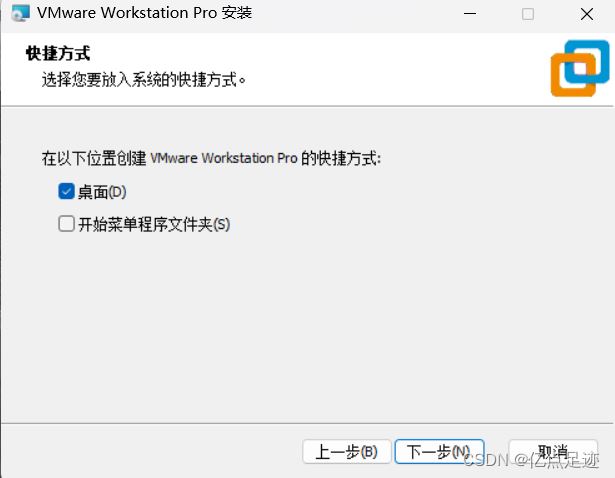
Finally, click Install. Wait patiently for it to be installed.
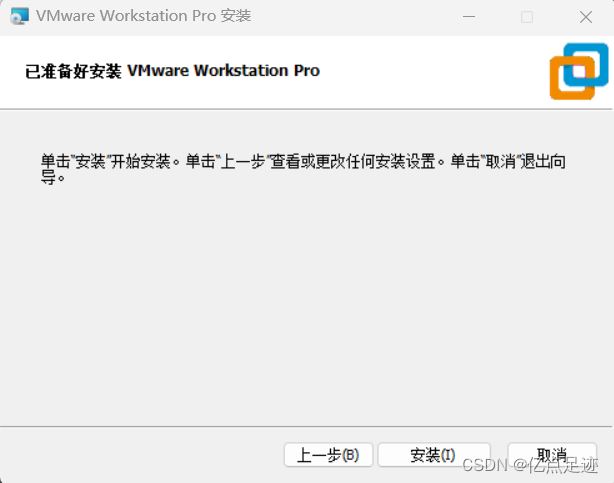
After
requires VMware Workstation Pro 16 permanent activation code activation key
3. Come down and create a new virtual machine through VMware
First step, click to create a new virtual machine

Second step, select typical
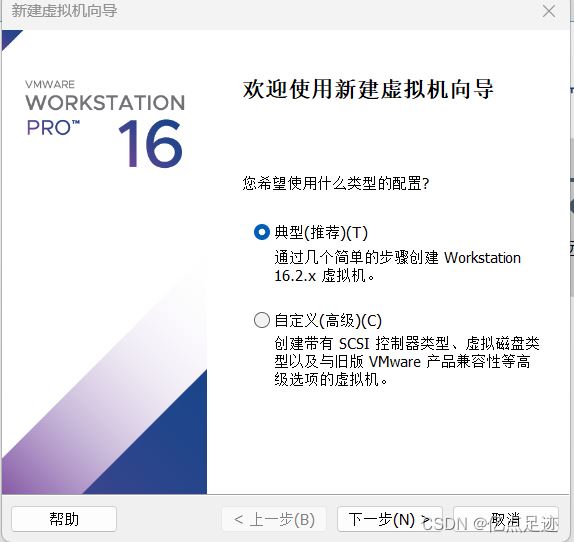
The third step, here we choose to install the operating system later
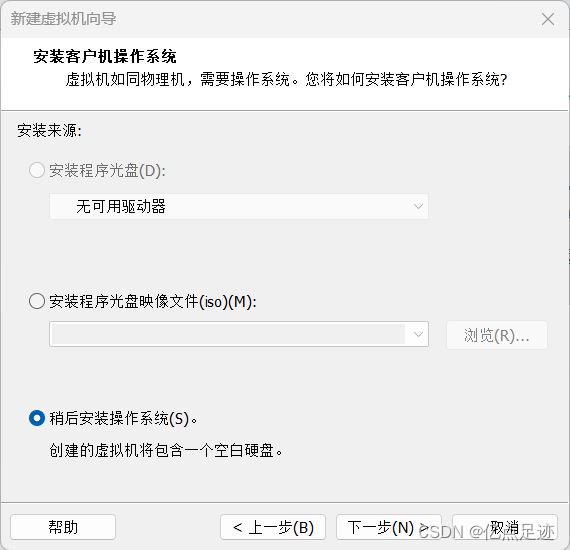
The fourth step, here select linux, and select Ubuntu for the version 64-bit
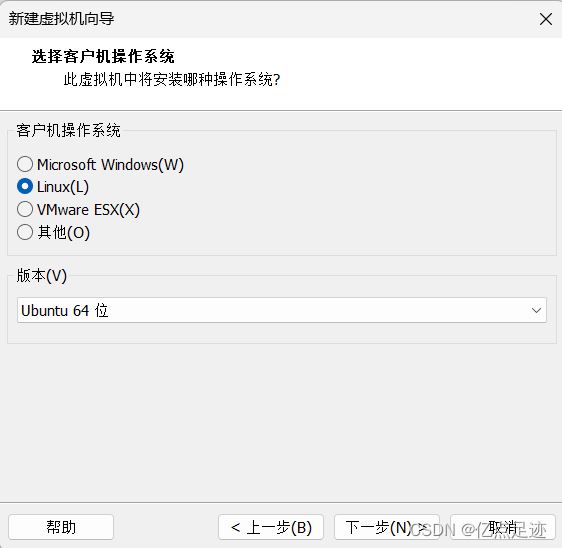
Previous page12 3 4 5 6 Next pageRead the full text
The above is the detailed content of Installing and configuring Kubuntu 22.04 - including language and resolution adaptation. For more information, please follow other related articles on the PHP Chinese website!

Hot AI Tools

Undresser.AI Undress
AI-powered app for creating realistic nude photos

AI Clothes Remover
Online AI tool for removing clothes from photos.

Undress AI Tool
Undress images for free

Clothoff.io
AI clothes remover

Video Face Swap
Swap faces in any video effortlessly with our completely free AI face swap tool!

Hot Article

Hot Tools

Notepad++7.3.1
Easy-to-use and free code editor

SublimeText3 Chinese version
Chinese version, very easy to use

Zend Studio 13.0.1
Powerful PHP integrated development environment

Dreamweaver CS6
Visual web development tools

SublimeText3 Mac version
God-level code editing software (SublimeText3)

Hot Topics
 What is the Linux best used for?
Apr 03, 2025 am 12:11 AM
What is the Linux best used for?
Apr 03, 2025 am 12:11 AM
Linux is best used as server management, embedded systems and desktop environments. 1) In server management, Linux is used to host websites, databases, and applications, providing stability and reliability. 2) In embedded systems, Linux is widely used in smart home and automotive electronic systems because of its flexibility and stability. 3) In the desktop environment, Linux provides rich applications and efficient performance.
 What are the 5 basic components of Linux?
Apr 06, 2025 am 12:05 AM
What are the 5 basic components of Linux?
Apr 06, 2025 am 12:05 AM
The five basic components of Linux are: 1. The kernel, managing hardware resources; 2. The system library, providing functions and services; 3. Shell, the interface for users to interact with the system; 4. The file system, storing and organizing data; 5. Applications, using system resources to implement functions.
 What is basic Linux administration?
Apr 02, 2025 pm 02:09 PM
What is basic Linux administration?
Apr 02, 2025 pm 02:09 PM
Linux system management ensures the system stability, efficiency and security through configuration, monitoring and maintenance. 1. Master shell commands such as top and systemctl. 2. Use apt or yum to manage the software package. 3. Write automated scripts to improve efficiency. 4. Common debugging errors such as permission problems. 5. Optimize performance through monitoring tools.
 How to learn Linux basics?
Apr 10, 2025 am 09:32 AM
How to learn Linux basics?
Apr 10, 2025 am 09:32 AM
The methods for basic Linux learning from scratch include: 1. Understand the file system and command line interface, 2. Master basic commands such as ls, cd, mkdir, 3. Learn file operations, such as creating and editing files, 4. Explore advanced usage such as pipelines and grep commands, 5. Master debugging skills and performance optimization, 6. Continuously improve skills through practice and exploration.
 What is the most use of Linux?
Apr 09, 2025 am 12:02 AM
What is the most use of Linux?
Apr 09, 2025 am 12:02 AM
Linux is widely used in servers, embedded systems and desktop environments. 1) In the server field, Linux has become an ideal choice for hosting websites, databases and applications due to its stability and security. 2) In embedded systems, Linux is popular for its high customization and efficiency. 3) In the desktop environment, Linux provides a variety of desktop environments to meet the needs of different users.
 How much does Linux cost?
Apr 04, 2025 am 12:01 AM
How much does Linux cost?
Apr 04, 2025 am 12:01 AM
Linuxisfundamentallyfree,embodying"freeasinfreedom"whichallowsuserstorun,study,share,andmodifythesoftware.However,costsmayarisefromprofessionalsupport,commercialdistributions,proprietaryhardwaredrivers,andlearningresources.Despitethesepoten
 What is a Linux device?
Apr 05, 2025 am 12:04 AM
What is a Linux device?
Apr 05, 2025 am 12:04 AM
Linux devices are hardware devices running Linux operating systems, including servers, personal computers, smartphones and embedded systems. They take advantage of the power of Linux to perform various tasks such as website hosting and big data analytics.
 What are the disadvantages of Linux?
Apr 08, 2025 am 12:01 AM
What are the disadvantages of Linux?
Apr 08, 2025 am 12:01 AM
The disadvantages of Linux include user experience, software compatibility, hardware support, and learning curve. 1. The user experience is not as friendly as Windows or macOS, and it relies on the command line interface. 2. The software compatibility is not as good as other systems and lacks native versions of many commercial software. 3. Hardware support is not as comprehensive as Windows, and drivers may be compiled manually. 4. The learning curve is steep, and mastering command line operations requires time and patience.





